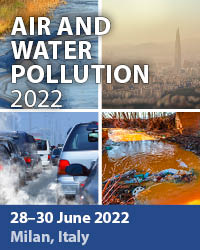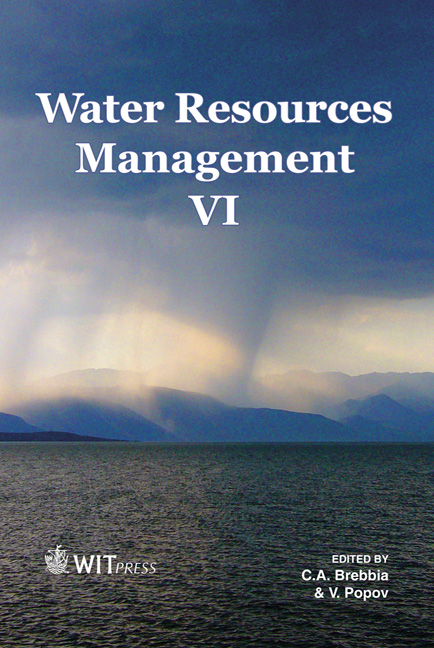Assessing The Effectiveness Of Air-bubble Plume Aeration In Reducing Evaporation From Farm Dams In Australia Using Modelling
Price
Free (open access)
Transaction
Volume
145
Pages
12
Page Range
485 - 496
Published
2011
Size
1,227 kb
Paper DOI
10.2495/WRM110421
Copyright
WIT Press
Author(s)
F. Helfer, C. Lemckert & H. Zhang
Abstract
This paper aims to assess the effectiveness of artificial destratification by airbubble plumes in reducing evaporation from farm dams in Australia. A onedimensional model was applied to simulate the change in water temperature and evaporation rates of a real farm dam in Queensland under aeration conditions. Results show that destratification systems can reduce surface temperature, but the highest reduction in evaporation for the studied reservoir would be only 2.5%. The main conclusion is that it is unlikely that the technique will be feasible for small farm dams, given the high costs involved with the operation of an aeration system and the small quantity of water saved through evaporation reduction. The results also indicate that the technique may be effective for reservoirs that experience long periods of accentuated thermal stratification, such as large, deep dams, in which the mixing process would lead to higher reductions in surface temperature and, consequently, in evaporation rates. Keywords: DYRESM, thermal stratification, water aeration, evaporation, water temperature, destratification. 1 Introduction Australian farm dams’ capacity is approximately 7000 GL (7 x 109 m3), representing 9% of the total water stored across the country. It is estimated however that 40% of the volume stored is lost every year due to the high rates of evaporation in agricultural areas in New South Wales and Queensland (Craig et al. [1]). Extremely high radiation and air vapour deficits make these areas experience evaporation rates that can surpass 2000 mm per year. As a
Keywords
DYRESM, thermal stratification, water aeration, evaporation, water temperature, destratification





